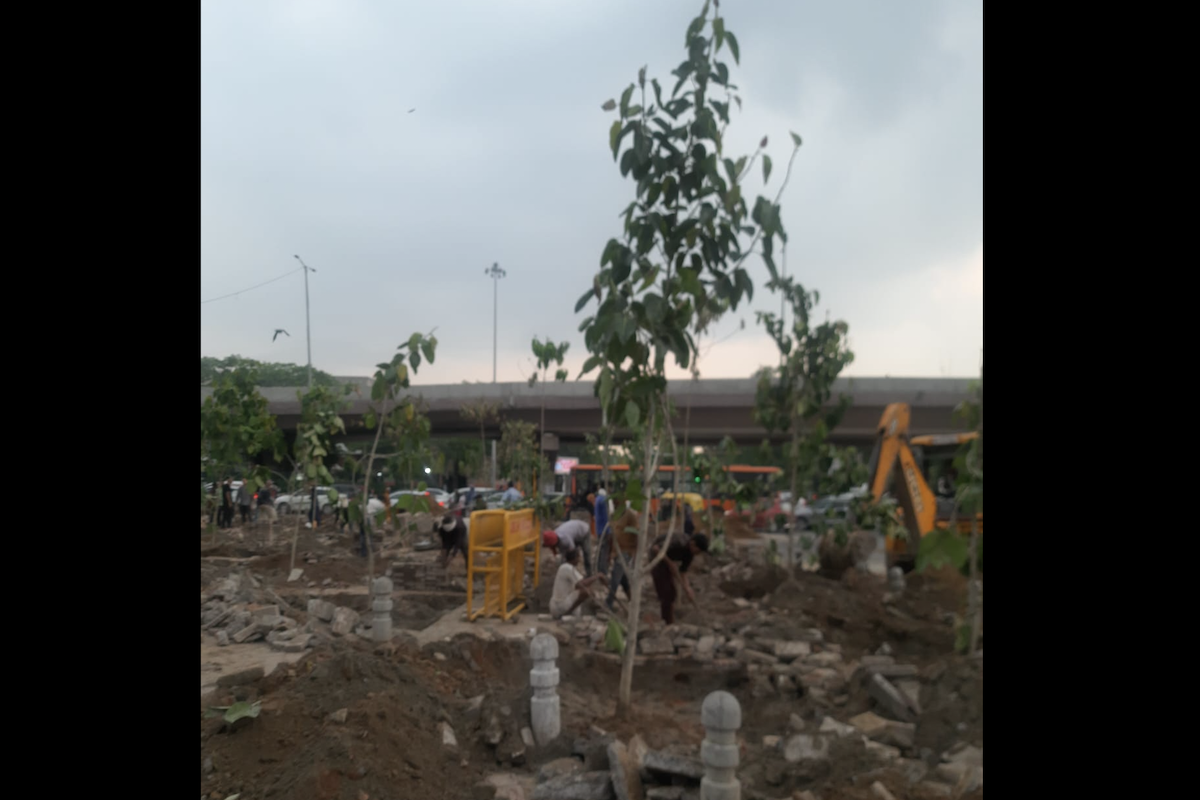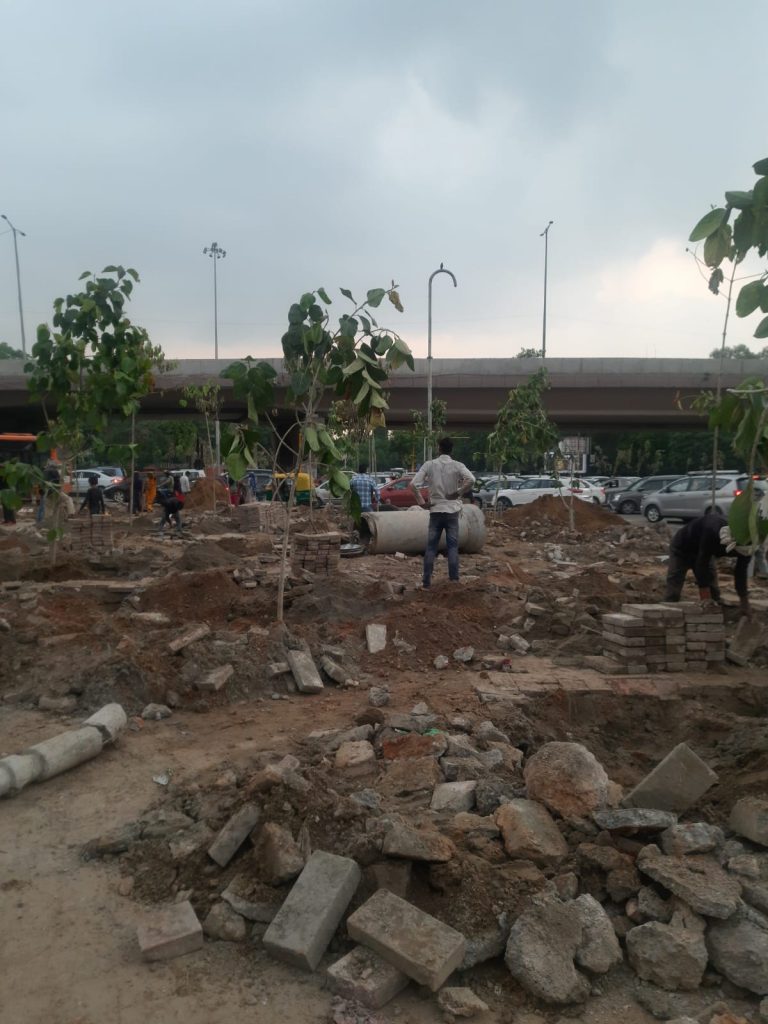India likely to experience above normal cumulative rainfall this monsoon: IMD
IMD said the 2024 southwest monsoon season rainfall over the country as a whole to be above normal (>104% of the Long Period Average (LPA)).
The cause of saplings not surviving can be the non compliance of recommended and mandatory gap between the saplings of big tree varieties.

Delhi (SNS)
Recovering the forest cover: Monsoon is the time of replenishment; of nature and of lives. Every year various state governments go on massive tree plantation drives not only to enhance the number of trees but also to replenish the lost green cover . But in most cases this, yearly-tree-plantation drive ends up being just a ritual in absence of following proper horticulture and environmental protocol.
In most such plantation drives the standard protocols of tree up-keep and tree health are not followed leading to such exercise being wasted.
On the evening of May 30, Delhi lost over 290 trees, some of them decades old, during the fierce thunderstorm. Although this number is huge for a day, every year cities like Delhi in North India loose many of such full grown and old trees due to annual pre-monsoon thunder storm during April-May month. Most likely these lost green cover would not be retained back or replenished as most tree plantation drives are held unscientifically and end up being just the photo-ops.
Advertisement
There are two questions which arise here, why do full grown tree fall so suddenly and why it is difficult for saplings to survive?
On 11th July 2022, Delhi government posted an eight-minute live video from the Central Ridge, on the official Twitter handle of the Aam Aadmi Party announcing a massive 15-day plantation drive. 35 lac plants, which the Delhi Government plans to plant in all 70 Legislative Assembly regions aims to achieve Green Belt target of 20% to taking it to more than 23% in Delhi, but the way these plantation drives the questions remains how many of these plants would survive?
After the huge number of tree felling incident on May 30, environmentalist and ecologist said that the fallen trees are old but that can not be the cause of sudden falling due to storm or deluge. ” These trees are either infested with termites or they have their roots damaged or extreme concretisation around their surface area causing severe damage to life expectancy of old trees”, explains a retired Forest tree inspector of Delhi.
The cause of saplings not surviving can be the non compliance of recommended and mandatory gap between the saplings of big tree varieties.
An image of one such tree plantation drive near the Nizamuddin area of New Delhi shows how saplings of large trees are being planted in a very close distance to each other which would make it difficult for these to survive.

Laws for protecting Trees
In a 2013 judgement passed by National Green Tribunal (NGT),(Aditya N. Prasad Vs. Union of India & Ors) it was ordered to all authorities to keep a radius of one meter around every tree. A similar case surfaced in the year 2019 when the Delhi Forest department asked the Rajasthan government to pay a fine of Rs 18. 70 lacs for the concretising area around trees in Bikaner House.
While handling the Bikaner case, the Government of NCT (National Capital Territory) of Delhi, issued a notice on 24th June 2019, highlighting the verdict given on 23rd April 2013. The NGT in its judgement instructed that-
The roots of the tree are the most important part of their structural strength. The tree roots are divided into two parts, one is the structural root plate ( red area) and the other is the critical root area (green area).
If the one-meter radius is not left as an eco-sensitive area for construction, it will weaken the critical root area and affect the health of the tree, which can cause sudden falling of the same.
The country naturally looses a massive tree cover due to natural causes like storm, thunderstorm and floods every year and this lost green cover is supposed to be replenished every year naturally or manually to keep the cycle of green growth rolling. India’s Total Forest and Tree cover is 24.62% of the geographical area and as compared to Indian State of Forest Report (ISFR) 2019, the current assessment shows an increase of- 0.28% of forest and tree cover put together, at the national level which is 0.22% increase in Forest Cover and 0.76% increase in the Tree Cover.
This growth in forest cover is insignificant because this growth of forest cover does not signify the actual growth of green cover due unequal distribution of forest growth. For a remarkable growth and maintenance of forest and green cover it is important that this growth is equally distributed and which is only possible that trees are given ample space to survive and grow naturally.
Advertisement